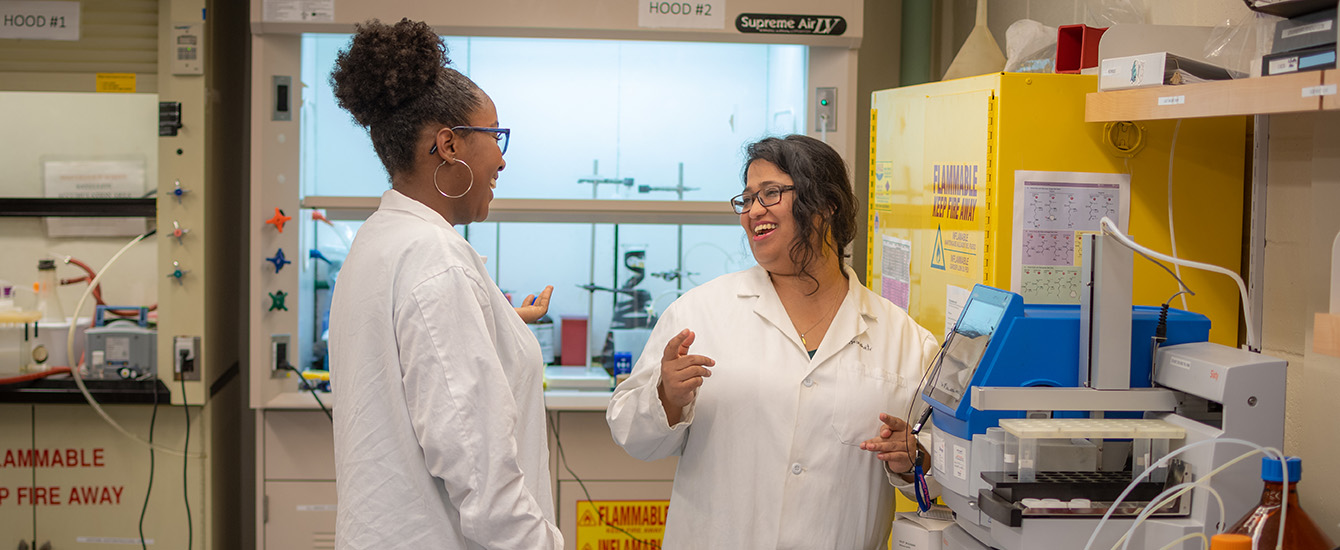Chemistry
Tetrahalidocuprate(II) complexes with substituted pyridinium ions: effects of halide substitution
Document Type
Article
Abstract
The Cu(II) complexes (H-5-FAP)2CuBr4 (1) and (H-2,3-dimpy)2CuCl4 (2) have been prepared and characterized structurally and magnetically (H-5-FAP = 2-amino-5-fluoropyridinium; H-2,3-dimpy = 2,3-dimethylpyridinium). They crystallize in the space groups P-1 and Pbcn, respectively, in comparison to their halido counterparts (H-5-FAP)2CuCl4 (1a) and (H-2,3-dimpy)2CuBr4 (2a) which crystallize in the space groups P21/c and P21/n. The differences in crystal packing, resulting in part from the difference in distortion of the CuX42− ions, create different magnetic lattices. Data for 1 were fit to the strong-rail ladder model resulting in a Curie constant of 0.400(8) emu-K/mol-Oe, J/kB-rail = −5.77(1) K and J/kB-rung = 3.17(3) K. Data for 2 were fit to the Curie-Weiss law resulting in a Curie constant of 0.398(1) emu-K/mol-Oe and θ = −0.11(4) K, indicating a virtual lack of magnetic exchange interactions. The structures and magnetic properties are compared to literature compounds and general trends noted. The differences in the chloride/bromide ions in the structure lead to significant differences in the packing in the cases of both 1 and 2, which result in differences in the antiferromagnetic exchange in both complexes and, in the case of 2, versus 2a, an elimination of the antiferromagnetic properties. © 2023 Informa UK Limited, trading as Taylor & Francis Group.
Publication Title
Journal of Coordination Chemistry
Publication Date
2023
ISSN
0095-8972
DOI
10.1080/00958972.2023.2279028
Keywords
Copper(II), magnetism, Pyridinium ions, x-ray structures
Repository Citation
Li, Lixin; Shapiro, Alexander; Awwadi, Firas F.; Landee, Christopher P.; Turnbull, Mark M.; and Wikaira, Jan L., "Tetrahalidocuprate(II) complexes with substituted pyridinium ions: effects of halide substitution" (2023). Chemistry. 23.
https://commons.clarku.edu/chemistry/23



